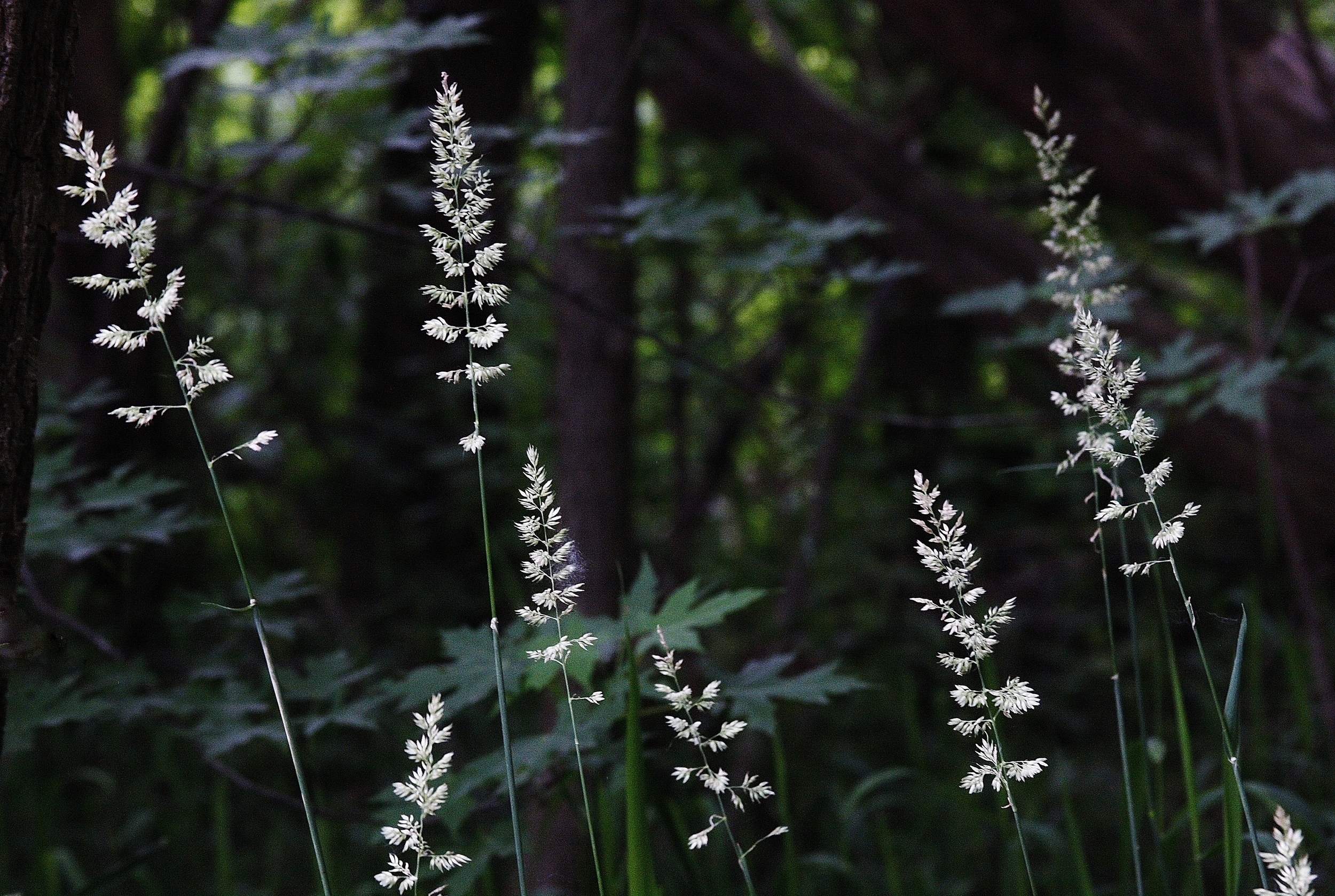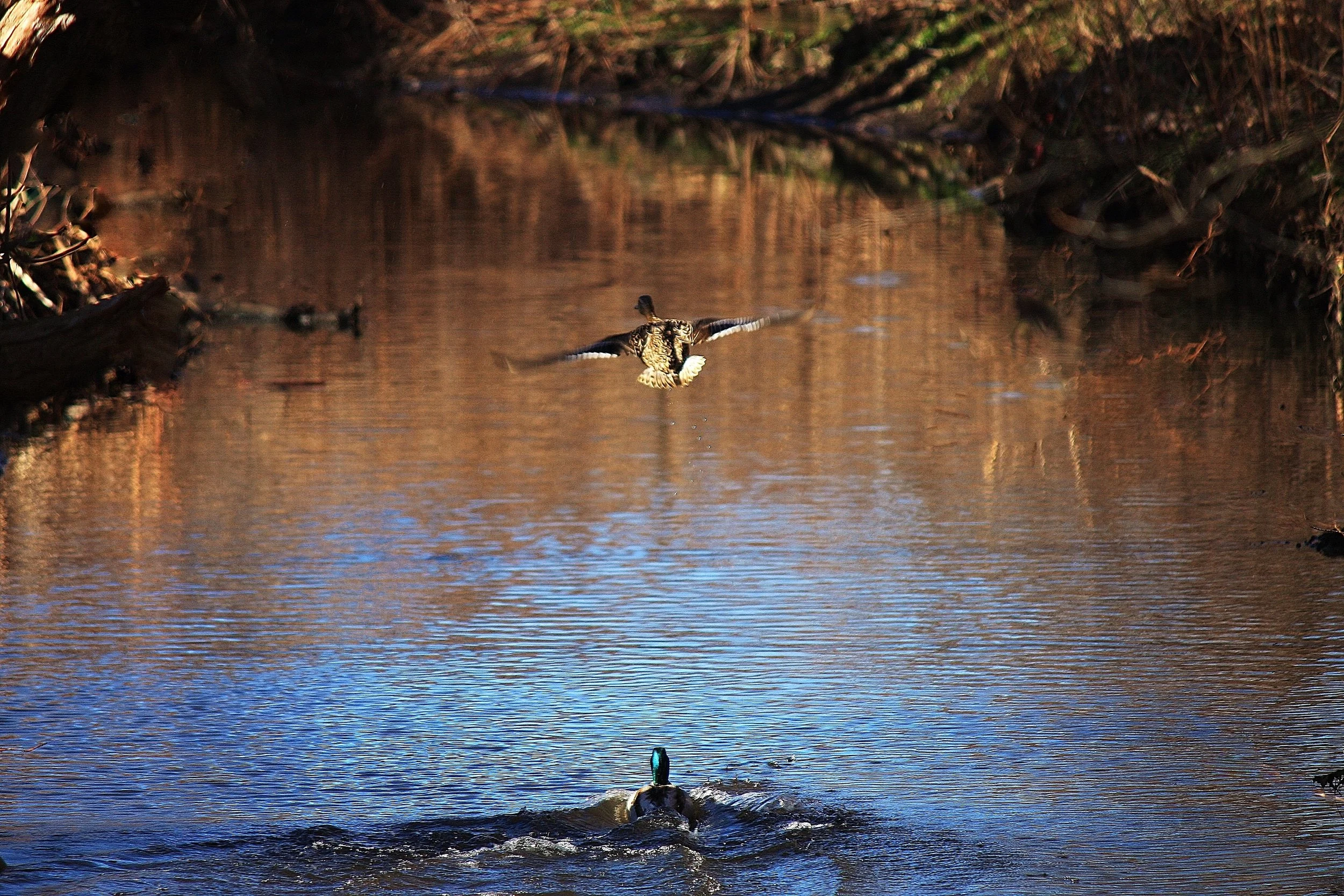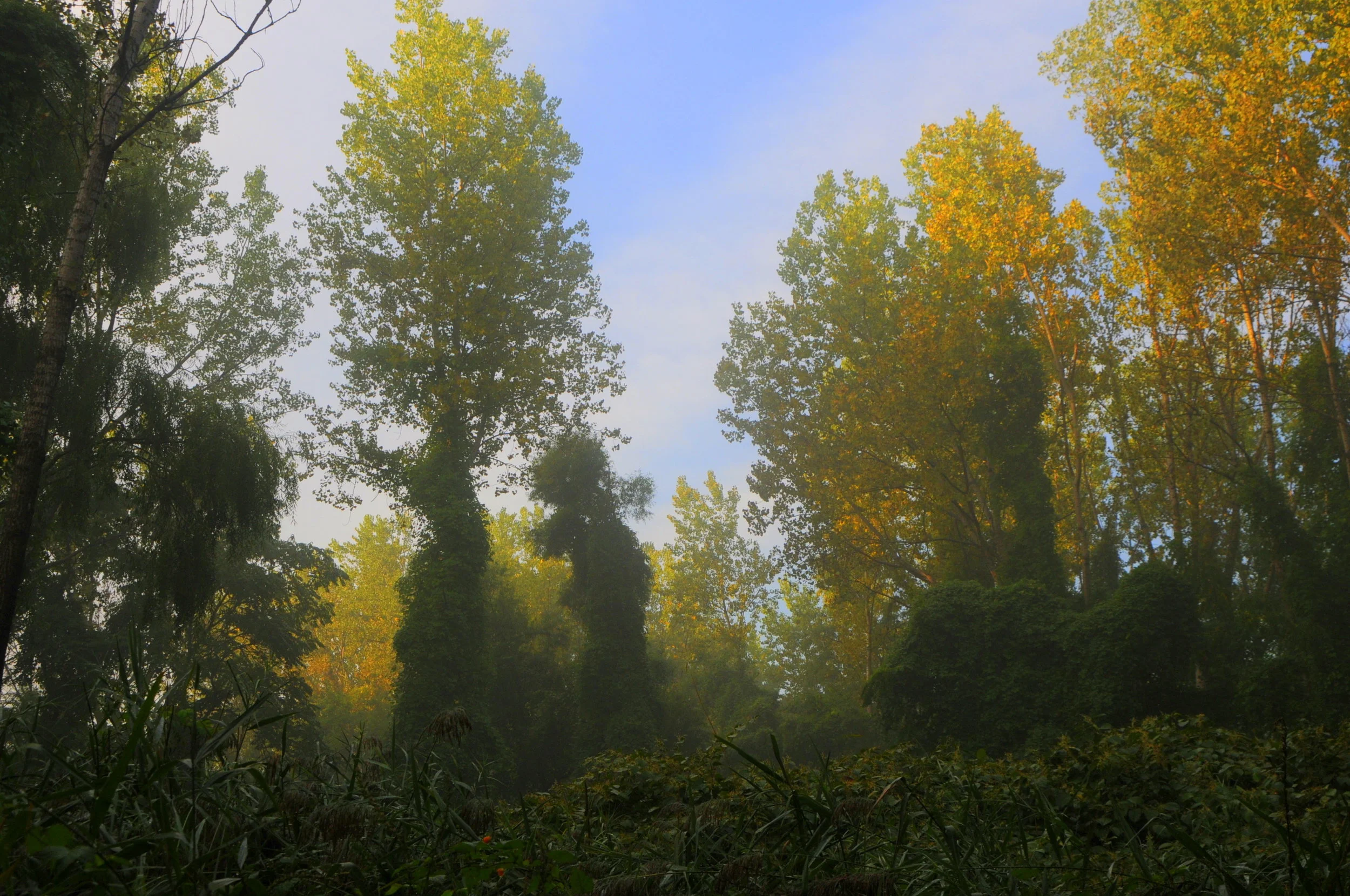Habitat
/ˈhabəˌtat/
noun: the natural home or environment of an animal, plant, or other organism.
+ Creek
Noun: a stream, brook, or minor tributary of a river.
Teaneck Creek is a tributary of the Overpeck Creek which flows into the Hackensack River.
+ Urban wetland
Noun: A distinct ecosystem that is inundated by water, either permanently or seasonally, where oxygen-free processes prevail. The primary factor that distinguishes wetlands from other land forms or water bodies is the characteristic vegetation of aquatic plants, adapted to the unique hydric soil.
+ Pond
Noun:
a small body of still water formed naturally or by hollowing or embanking.
Teaneck Creek's Pond is known as Dragonfly Pond. During summer months, water in the pond may completely dry out. In winter, the pond can freeze over. Often there are floating plants that cover the waterbody.
+ FOREST
Noun: A large area covered chiefly with trees and undergrowth.
Teaneck Creek's forest is comprised primarily of cottonwood trees. To learn more about forests in NJ click HERE.
The Hackensack River Valley (including tributaries to the river like the Teaneck Creek) is located at a critical position in the northern portion of the Atlantic Flyway – the pathway that has been followed for millennia by many species of birds and insects as they travel between the northern and southern hemispheres. The movement of many threatened and endangered species (both Federally and State listed) along this Flyway has been well documented. These species rely on the habitats found in NJ for food, water, shelter, and rest from their journeys that may cover thousands of miles. While coastal areas such as Cape May and Delaware Bay are protected because of their importance to shore birds, less protection is offered for migrants that require forested habitat as their oases. Visit the Creek for a great birding experience!
The Hackensack Meadowlands once covered over 21,000 acres, two-thirds of which have been developed. The remaining one-third now consists predominately of salt marshes and open water, with only small disconnected parcels that sustain forests. The Teaneck Creek Conservancy (TCC) contains some of these last remnants of the forested wetlands that were originally part of the freshwater portion of the complex Hackensack Meadowlands ecosystem. Some of the migratory species that have been observed in our forested TCC habitat include warblers, juncos, woodpeckers, and monarch butterflies. As you walk the trails of the TCC you will find the ‘Milepost Markers’ created by artist Lynn Hull. These artworks created from concrete slabs of construction debris found on site identify some of our visitors and detail their journeys around the world.
Preserving and enhancing the quality of the TCC habitat will contribute to the survival of the migratory visitors that rely on these freshwater riparian forests to complete their journey. TCC is working with Bergen County to remove old construction debris and re-create additional freshwater forested wetlands that were once the dominant habitat feature on the site. We anticipate that creating these additional wetlands and forested areas will support a greater abundance of non-human visitors, while at the same time increasing the opportunities for our human visitors to re-connect with the natural world that was once found here.





